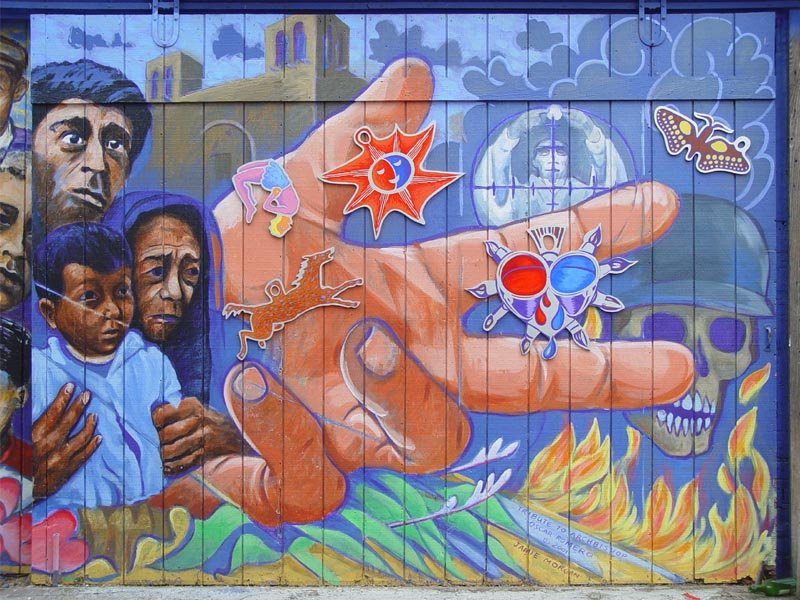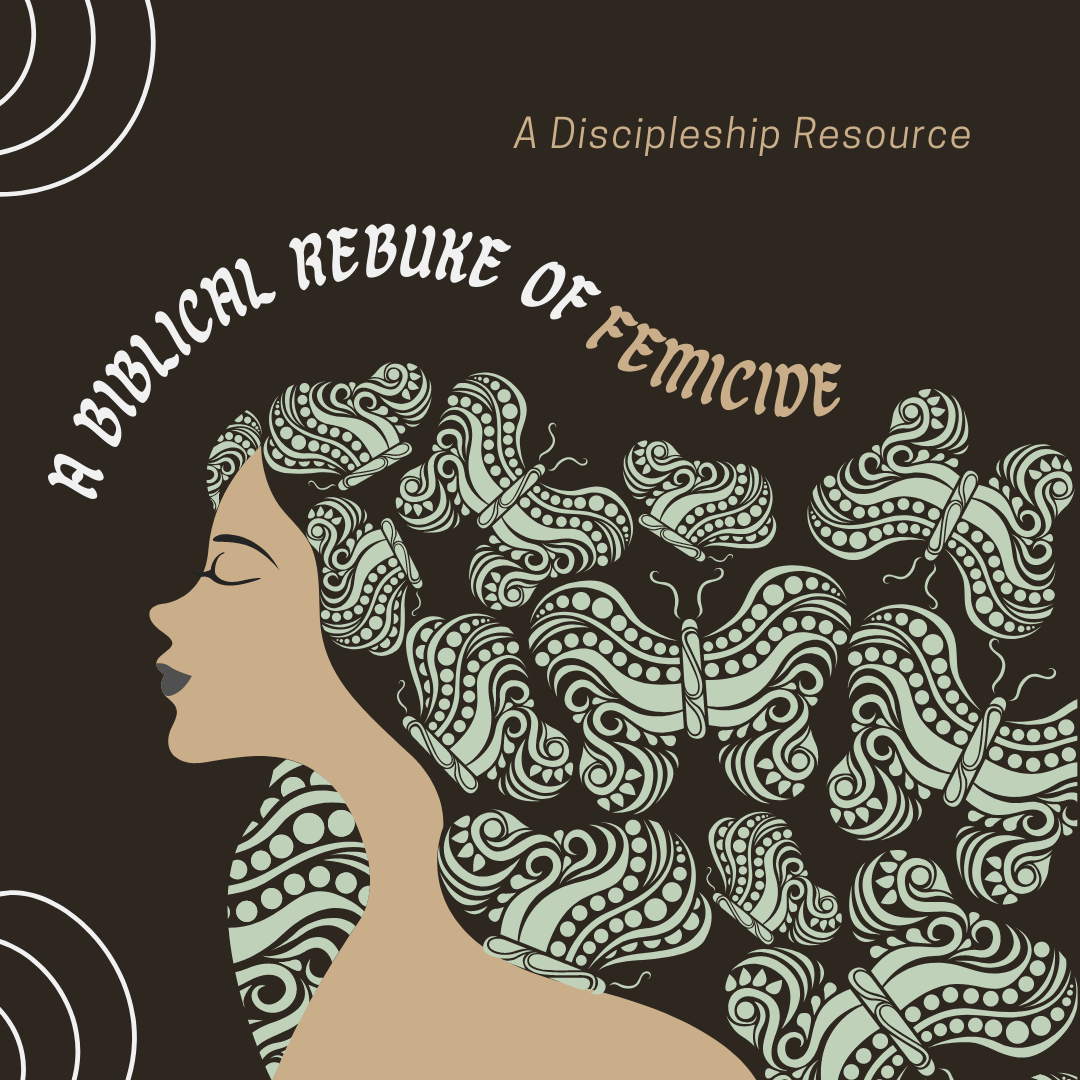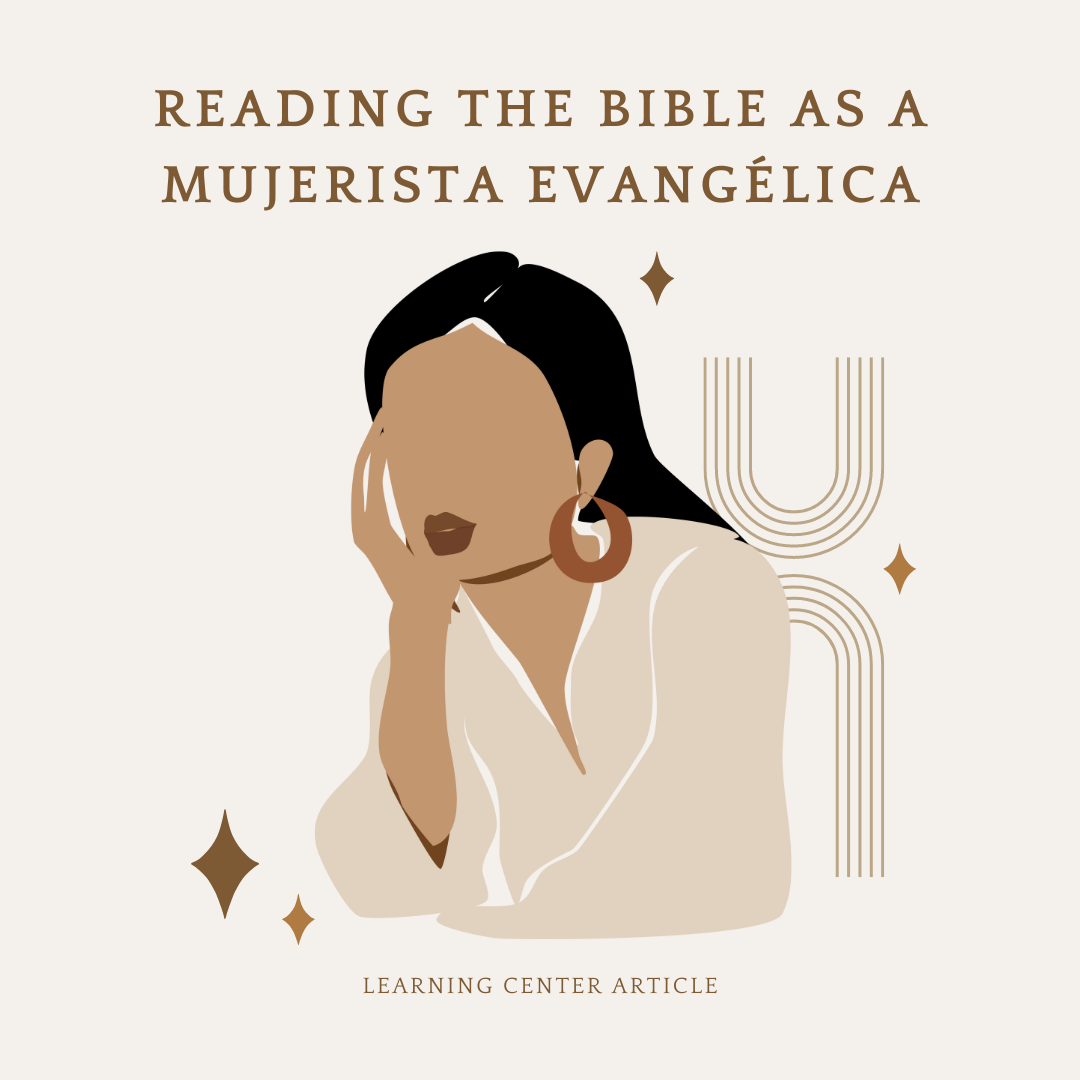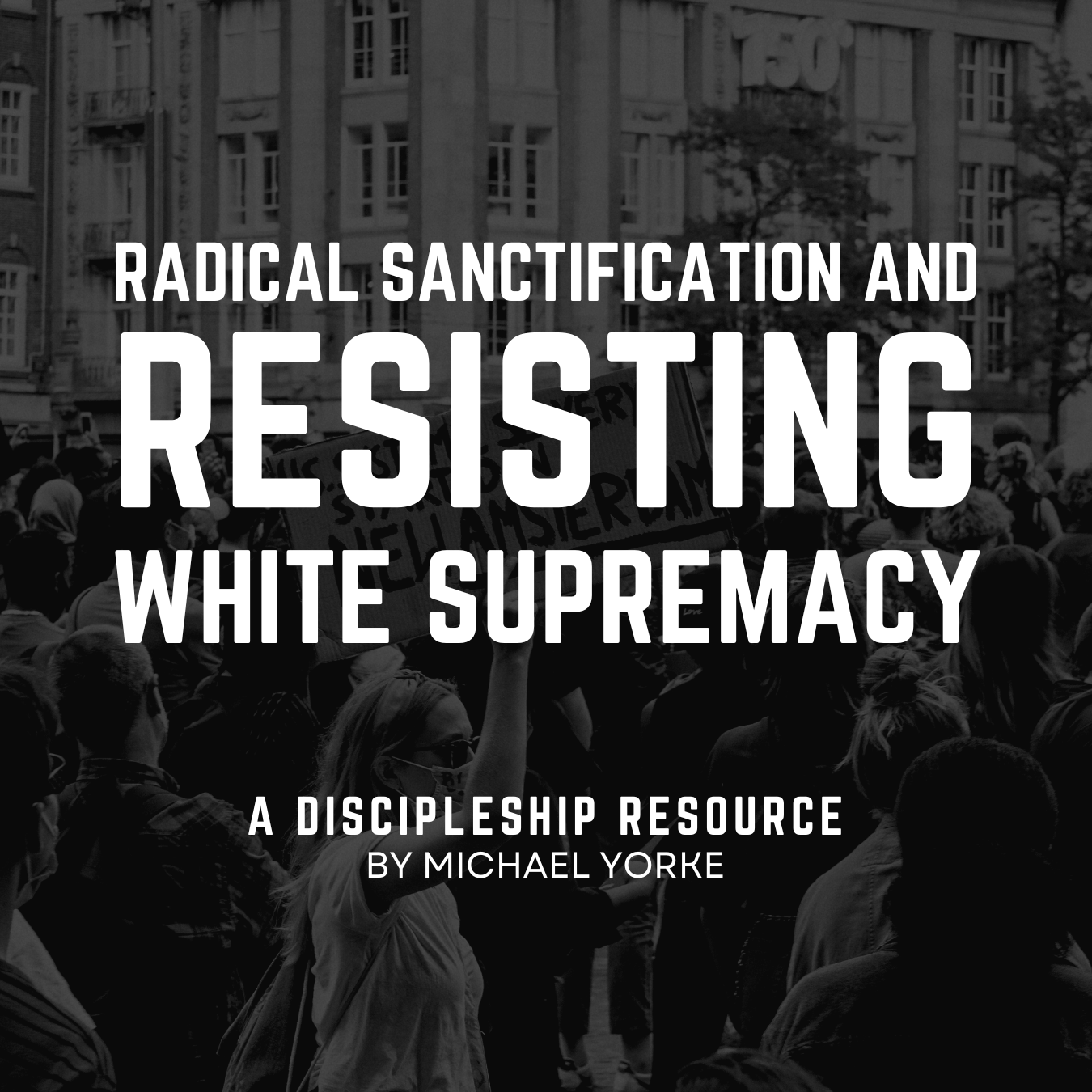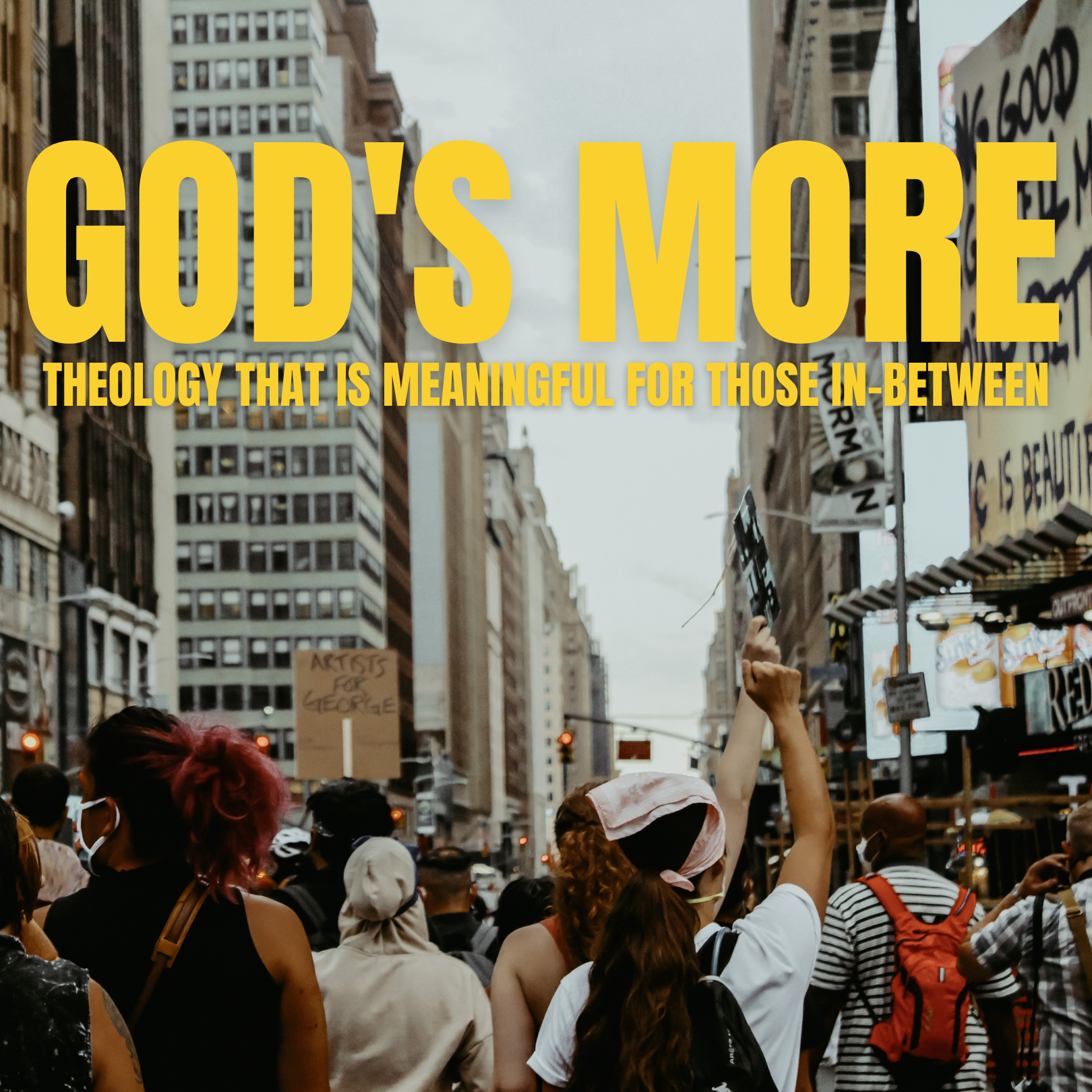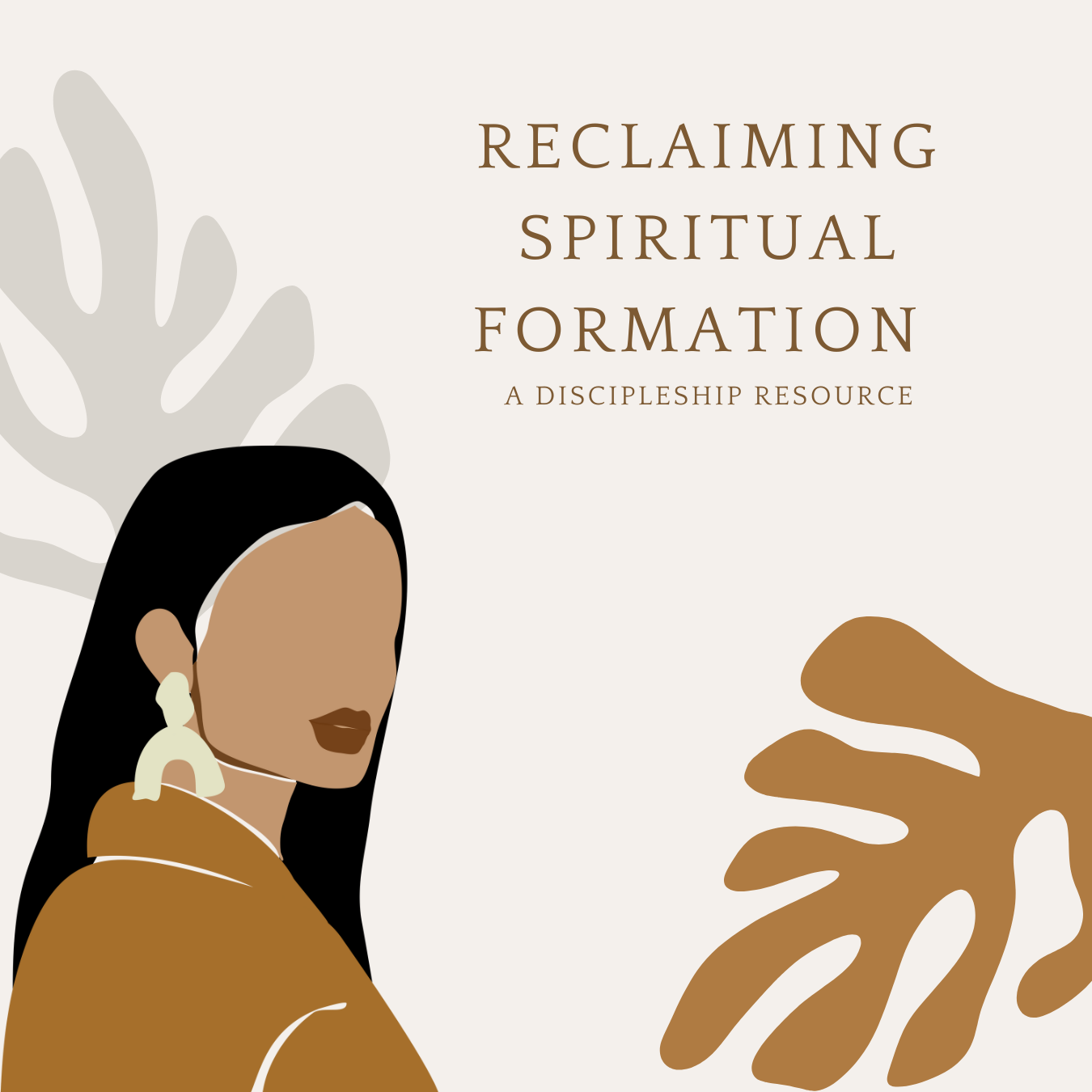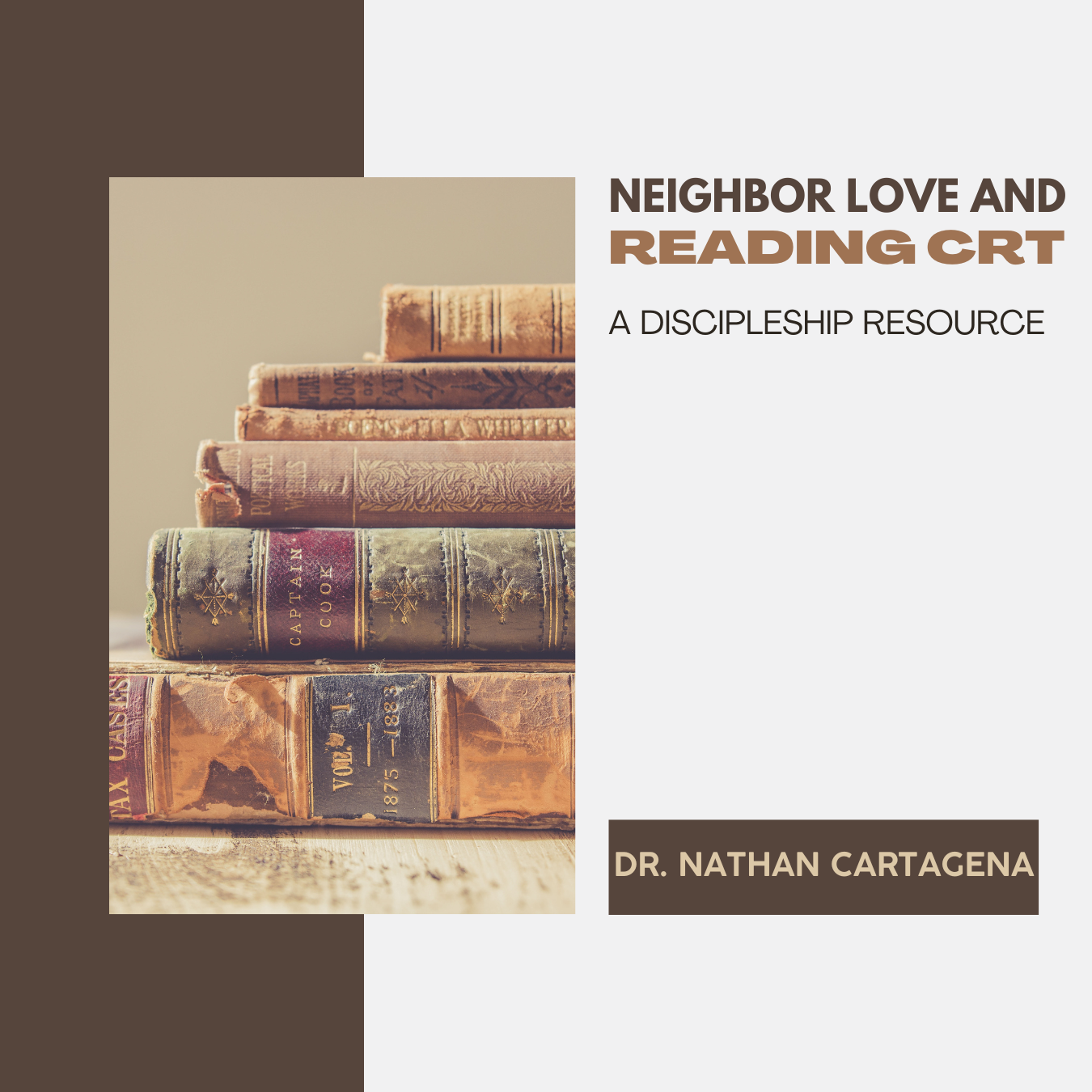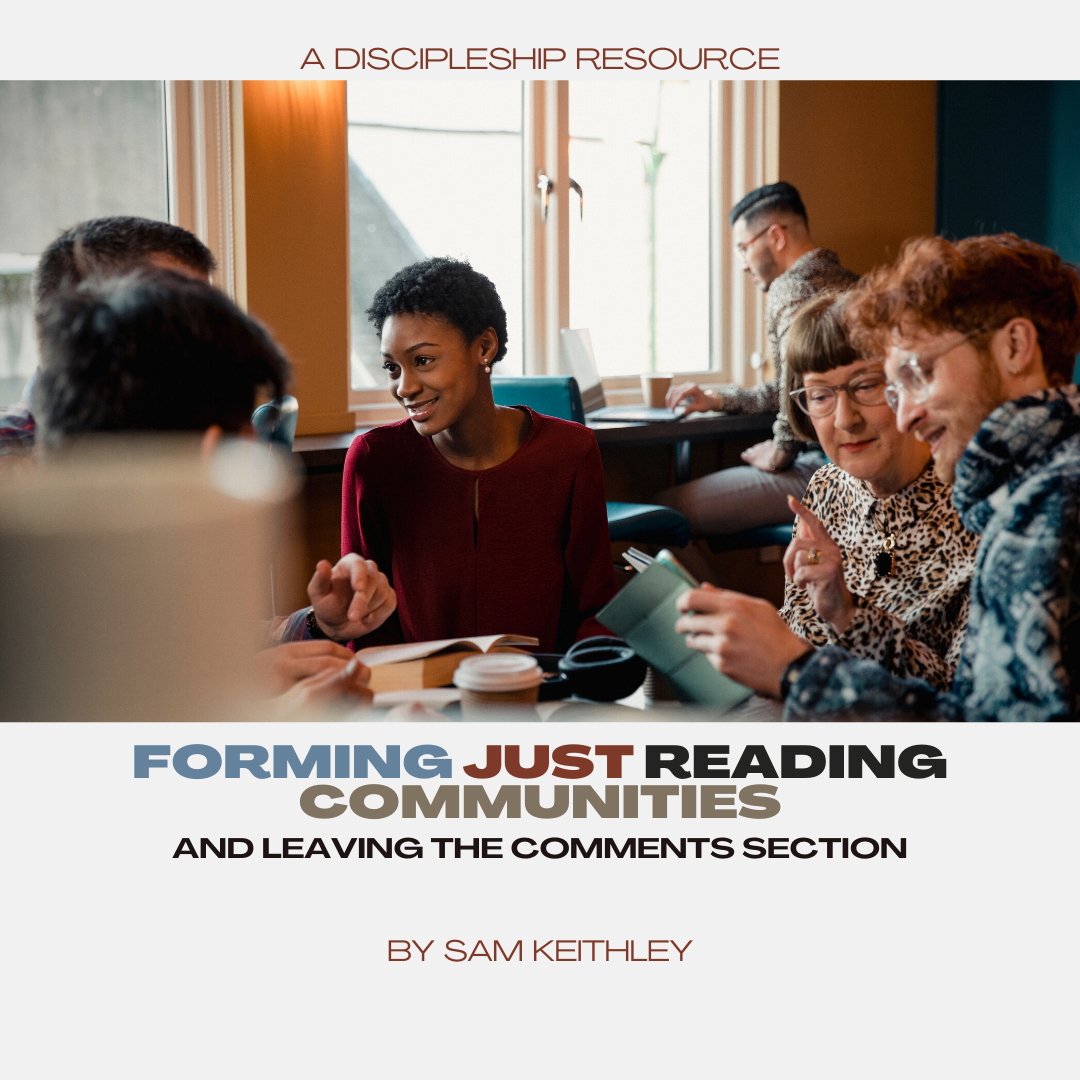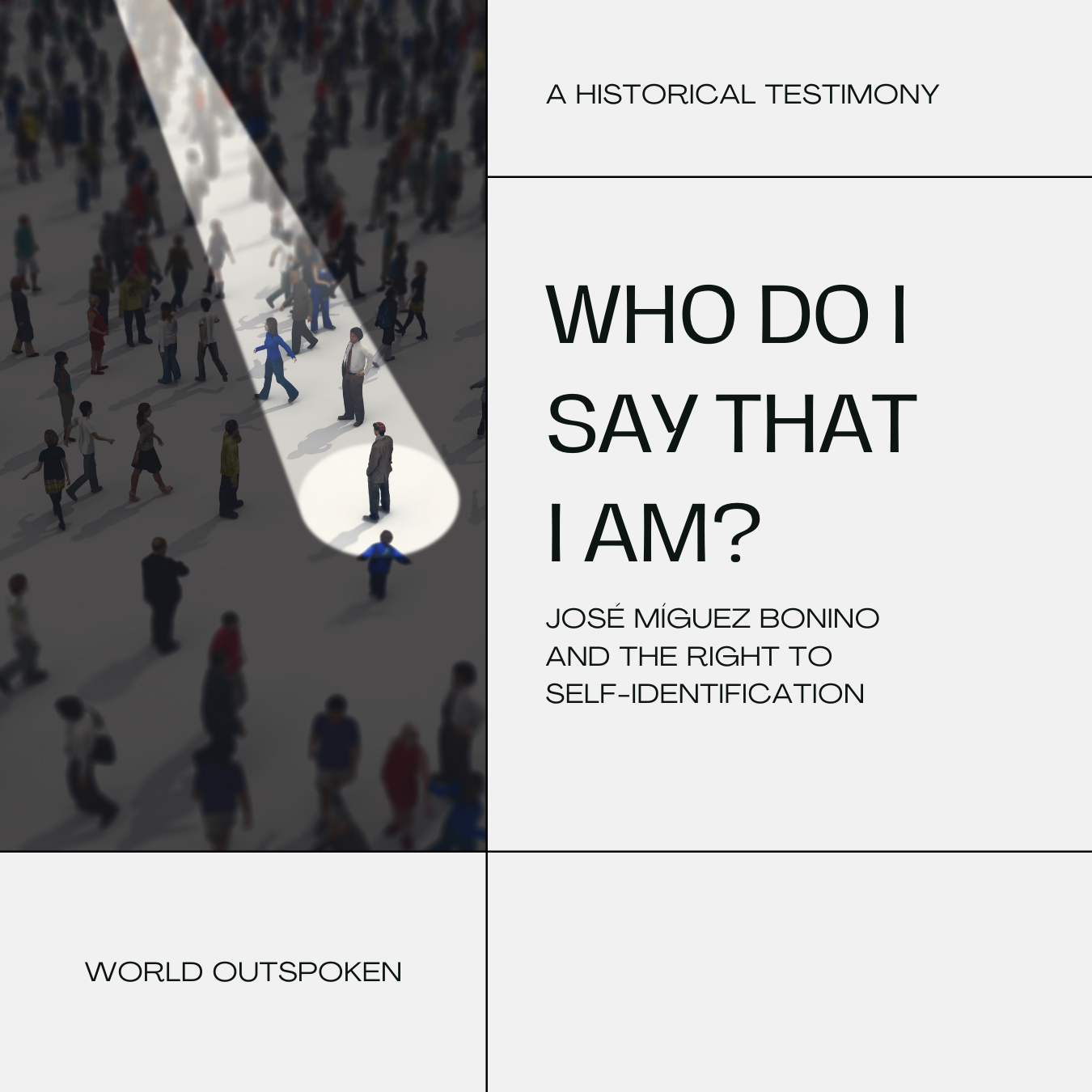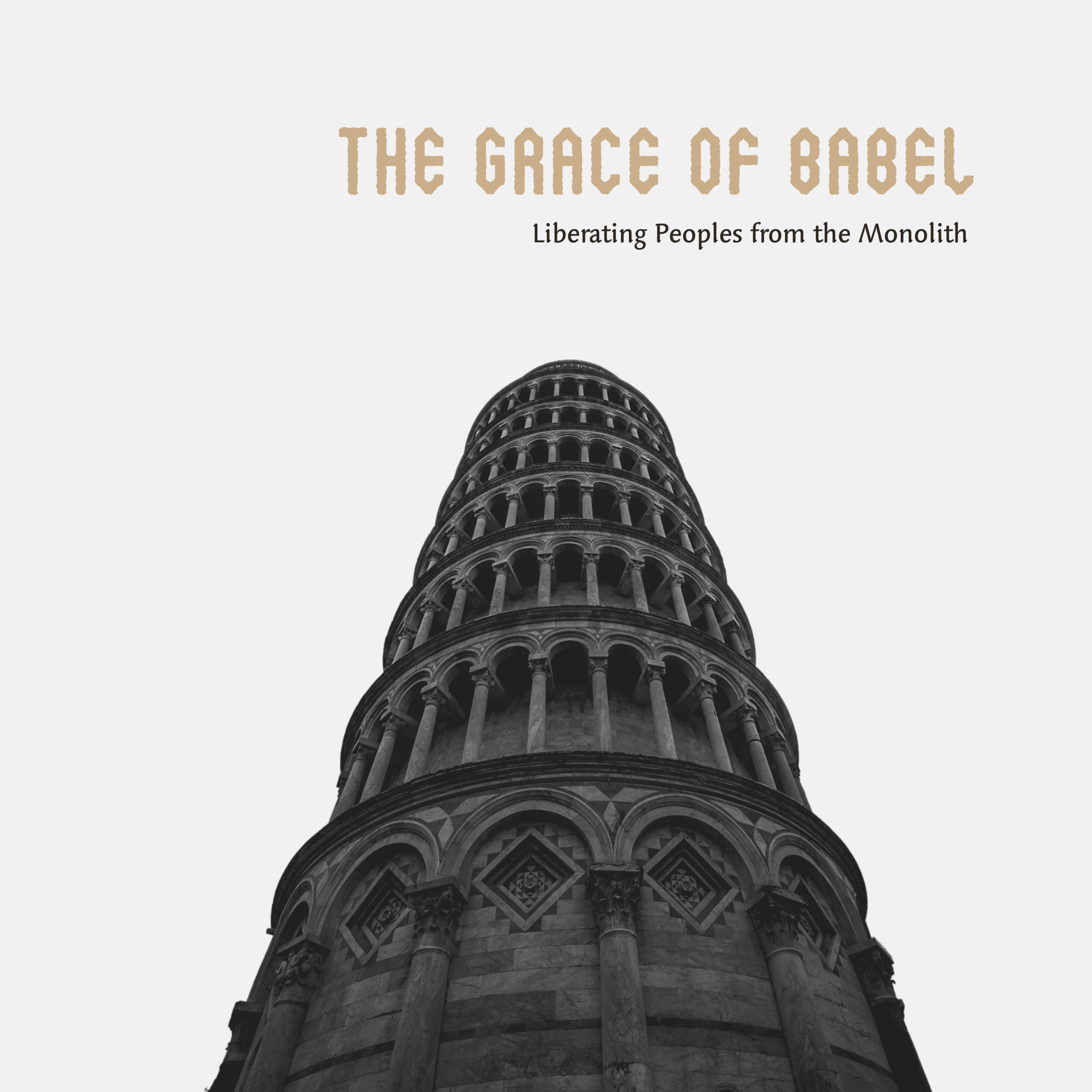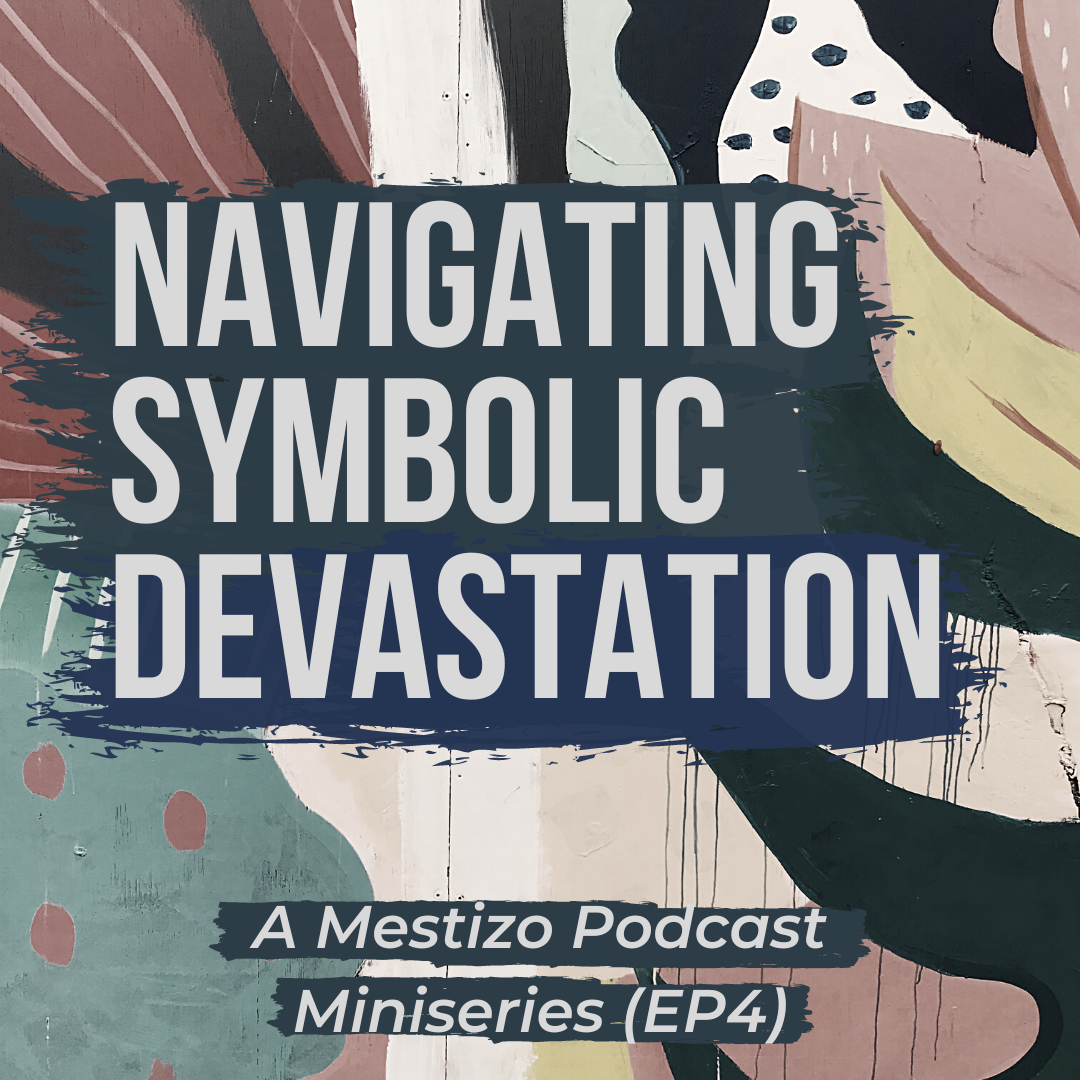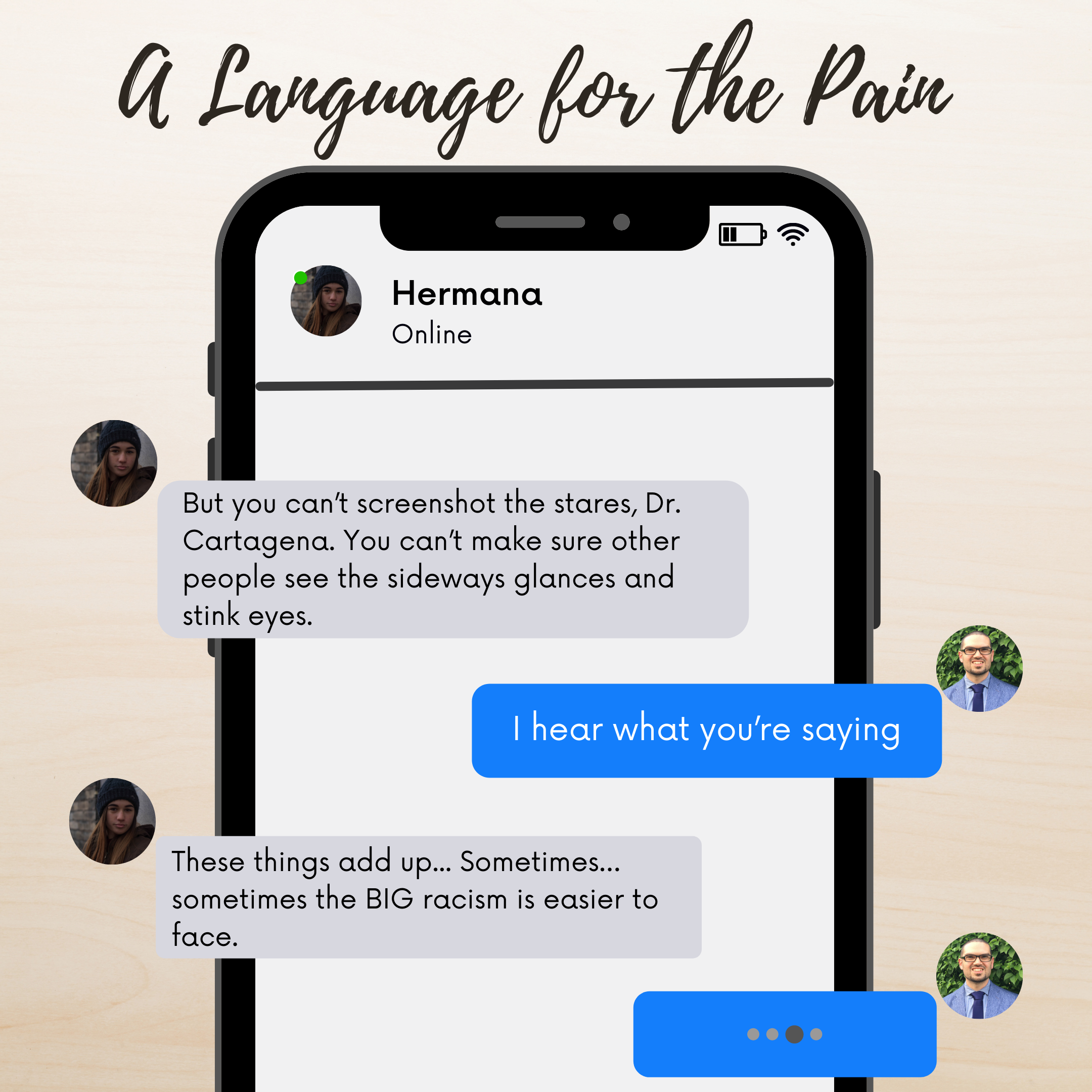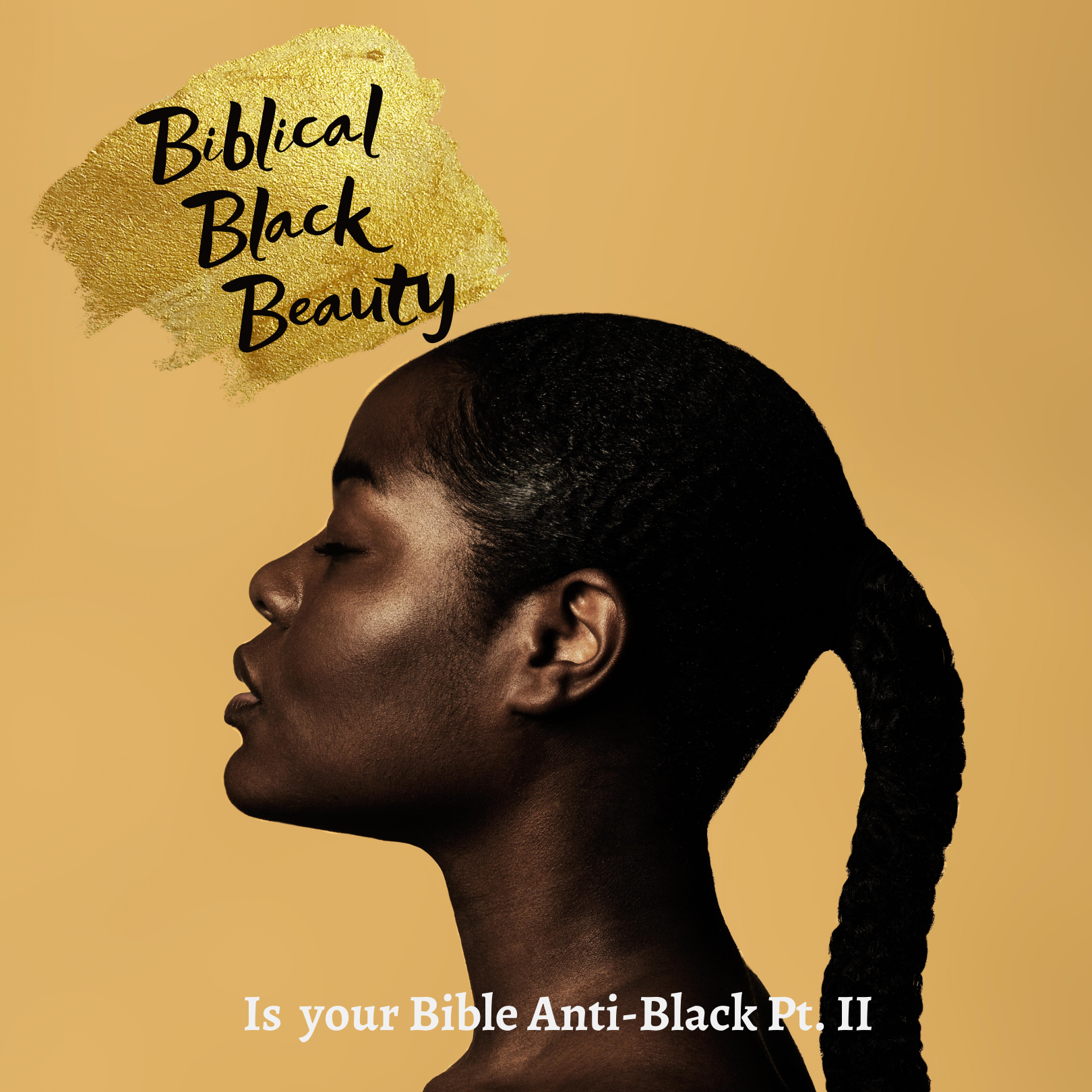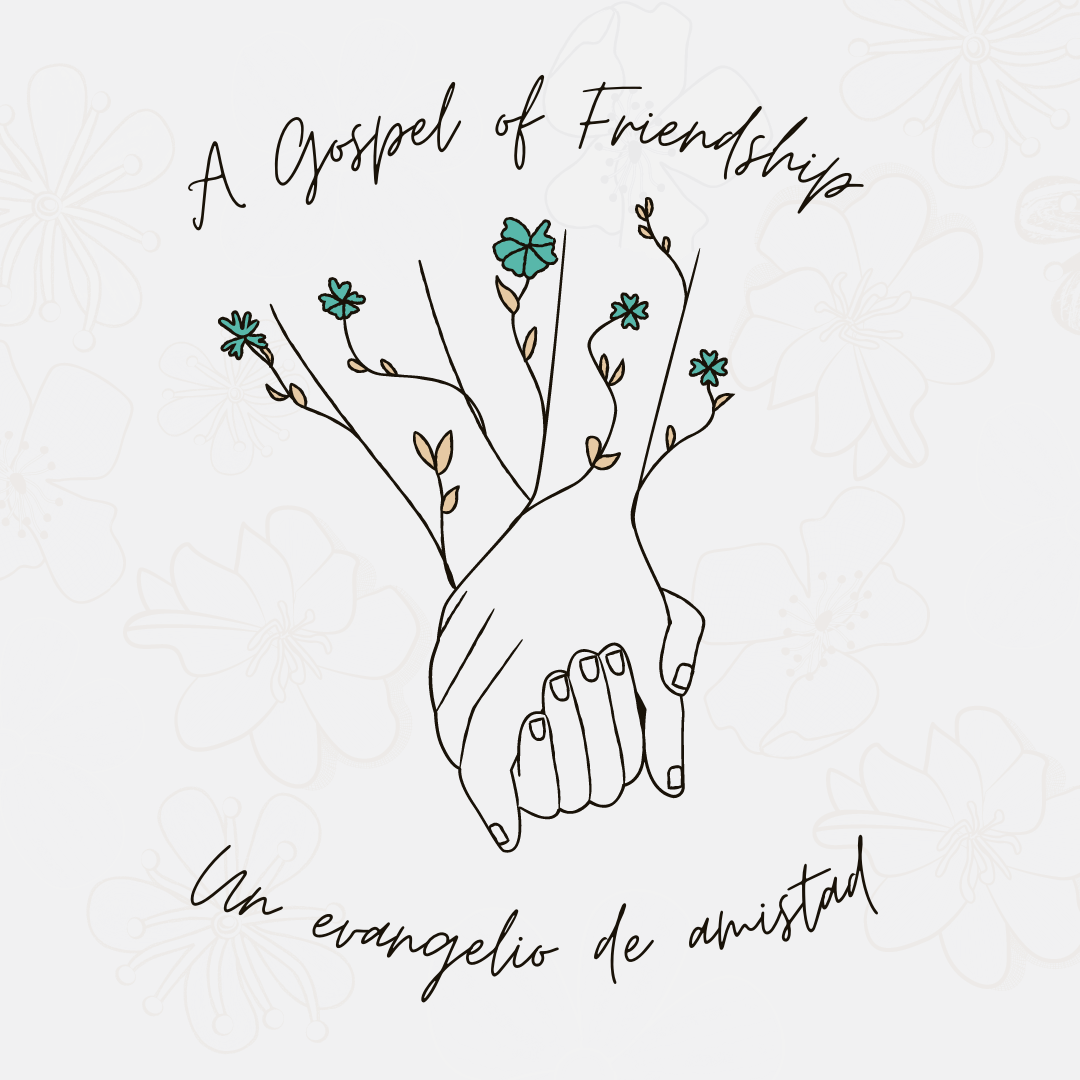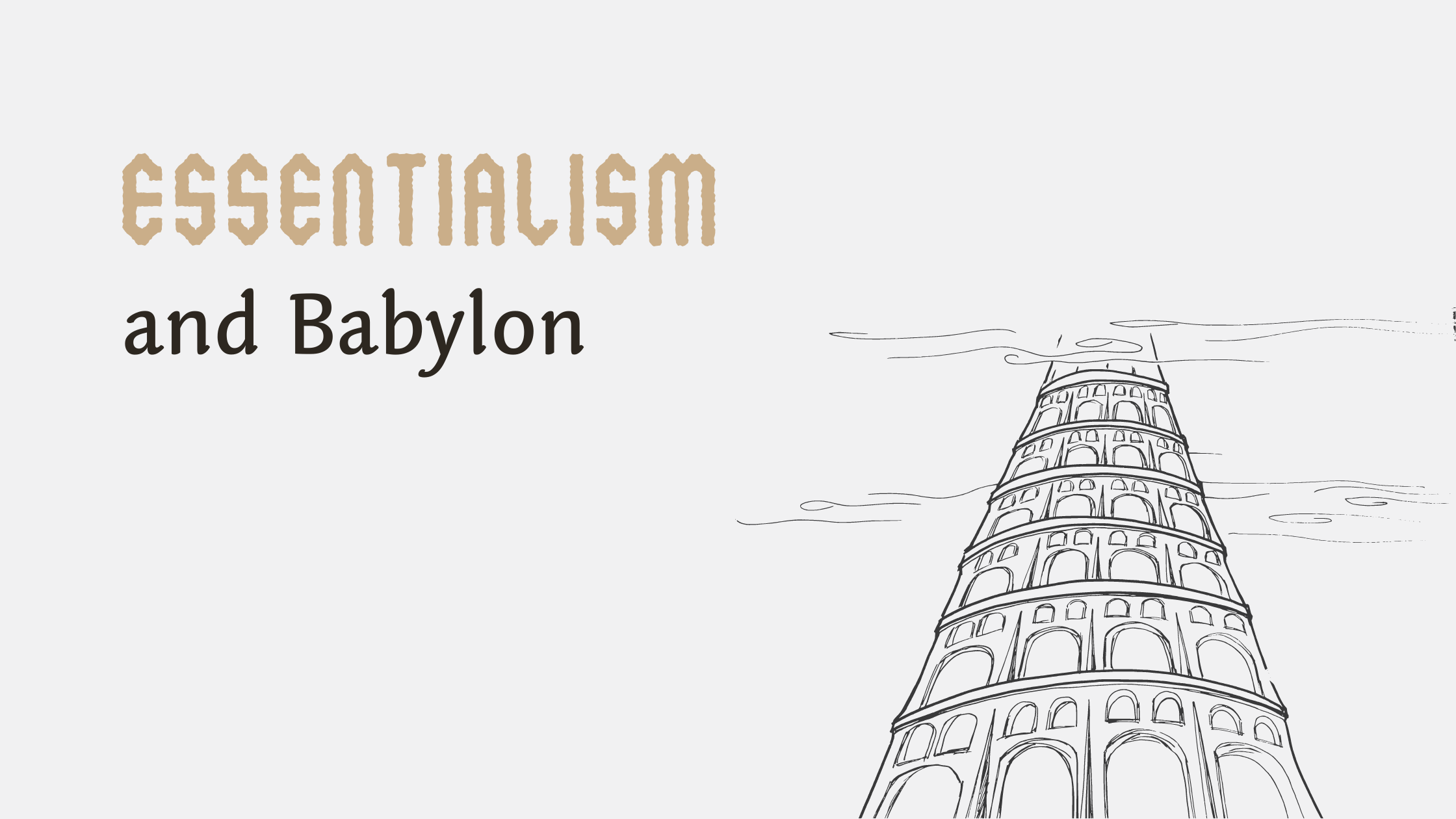Yet the fact remains that we are creatures of the earth. Our food, from wherever it comes, is the fruit of plants, the meat or eggs of animals, or a factory combination of both through processing. Our growth from womb onward depends upon nourishment from the earth. Our muscles gain their strength from the protein in the food and the gravity of the earth, their energy from the sugar in plants, and their health from the vitamins and nutrients in the sun’s rays and earth’s soil. Despite the environmental systems of buildings and cars, the air we breathe is the air that permeates the earth, a living sign of the Spirit that hovered over the deep and filled the lungs of the first gardeners and first apostles (Gen. 2:7; Jn. 20:22). Our skin bears the marks of the soil in which our ancestors experienced differing intensities of the light and heat of the sun. Our finger nails bear the dirt of the earth that we grasp in our hands. Our bodies take their form at least partially from their terrain: people of the mountains have thicker and stronger thighs, farmers have stronger arms and hands, while ocean dwellers have bleached hair.
Our cultures are constantly changing ways of life in tune with particular places and its particular people. Indians beget Indians in more than genetic ways. Yet Indians of the village beget Indians with different sensibilities than Indians of the city, who are different from Indians in diaspora in the United States. The same can be said of Puerto Ricans. American soil and its places provide new earth in which to learn how to be Indian and Puerto Rican, as do the interactions of Indians and Puerto Ricans on American soil. We bear customs borne of the joining of places, taking customs that reflect local practices into new places, new soil, thereby creating new ways to be in the earth that are both true to the soil that bore us and to the soil of the place in which we set new roots. There is, perhaps, no better image of this exchange than language, for we are creatures of language who become audience to people and places and the earth each with their own languages. In the words of Robin Wall Kimmerer, we become “audience to conversations in a language not our own.”[1]
Name the animals
Contemporary philosophers have noted that language only works for communication because it enables the formation of shared ideas on the basis of generalities that create common expression. For example, take the word “apple.” For speakers of English, the apple is so basic to our perception of the world that we rarely think twice before qualifying it. We simply say things such as “I love apples” or “I hate apples” or “buy some apples at the store.” In fact, whereas we might qualify something much less basic to our lives, such as “I like action movies but not romantic comedy movies” or “I can tolerate salmon but have no interest in catfish,” we usually do not think twice about the simple designation “apple.” No one would assume that “I hate apples” would be a way of denouncing a group of people. Yet, as I learned early in my marriage, a lot more is taken for granted in the simple designation “apple” than my wife or I realized. One day, she sent me to the grocery store with a list, and atop the list was “apples.” As a child, my mother bought red delicious, granny smith, and golden delicious apples, and by my late 20’s, I had firmly settled upon a preference. I had had other apples, but in my mind, the choice was rather clear: in the store, I would look for the red delicious apples and then move on to the next item on the list. I do not recall even noticing other kinds: my childhood, my house, my family had formed the language of “apple” in a specific way. When I returned home, my wife was appalled at my decision to bring those “spongy” things into the house (a decade later, I still don’t know what that means). For my Canadian wife born in a different place in a different family and country, red delicious was not remotely on her radar. She wanted pink ladies! Rest assured that the simple designation “apple” did not appear on a list for a long time thereafter.
A second example will solidify the point. For several years, I taught on a summer study abroad program that took primarily Euro-American college students to Italy, Switzerland, and Germany for two months of immersive learning. In Germany, we stayed in a youth hostel, and every morning, we would begin the day together with an open breakfast. Among the offerings was a bowl full of fruit. Many students were accustomed to eating fruit with their breakfast but were thoroughly bewildered at the offerings before them in the hostel. Rather than the waxed, rotund, symmetrical apples that American chain grocery stores sell, the students encountered small, asymmetrical, unwaxed apples with skin blemishes. Rather than juicy and sweet, the German apples had a much more subtle taste to them. I had one German student for whom everything seemed in order, but the American students could be heard complaining, “What kind of apples are these?”
In both examples, “apple” turned out to bear far more meaning than it initially seemed. For all of its ability to present a general category, the word “apple” gained meaning only insofar as it connected to people in their places. Apart from its connection to places, “apple” means little more than “snow” does to one who grows up in the Sahara and “heat” does to the Alaskan. The ideas of “apple,” “snow,” and “heat” bear little meaningful significance apart from life in places. We receive a hint of this joining of language and place in Genesis 2, where God tells Adam to name the animals. Actually, the situation is more enigmatic, for God first reflects that it is not good for Adam to be alone, and then tells him to name the animals. While the text does not reveal the names that Adam provided, given the close connection between language and place, we can begin to understand the divine rationale. As a gardener and a caretaker of the animals, Adam knew Eden as his home, the way that a gardener or zoologist knows her place today. Naming generally reflects some sort of intimate acquaintance, for it says something about the person or thing being named relative to the one(s) doing the naming. As caretaker, a degree of intimacy between Adam and the animals is taken for granted. His act of naming took place amid the type of acquaintance with the animals that taught him about companionship. He experienced the intimacy that a hippo shared with another hippo yet could not with him. He saw that for all his familiarity, none of the animals could take his own name. After this exercise teaches him what he is missing, God gives him “bone of [his] bone, flesh of [his] flesh” (Gen. 2:23). Adam names her from his intimate understanding of his position within his place. She is like him in a way that the rest are not. Not surprisingly, they are then together to fill the place and serve it as gardeners and caretakers. Word and place belong together, and people are creatures of both.
The rocks will cry out
So what happens when people and words lose the significance of their birth from places and earth? What happens when people forget that ideas are borne out of places rather than supervene over those places? What happens when people miss that ideas are generalities that are communicative shorthand for those practices, discursive practices, and encounters borne of and taking place in the earth? Modern history is marked by colonialism, where the normalcy of one place and its ideas, language, and practices borne of their earth imposes itself as the universal mark of “civilization” upon another. The nature of universal claims is the removal of all local specificity: it is communication in generalities. The “essence” of the apple—that is, what joins competing local understandings of apples—is the idea that is simultaneously no particular apple at all and the core of what unites all apples. The problem here is not that we have the language of “apple” that enables communication. Rather, the problem is the forgetfulness that none of us become acquainted with or know “apple” independently of the particular apples that we encounter. The generalities of language helpfully enable communication, but when we are hungry, we want an actual physical apple. That physical apple—no less than our stomachs—has no interest in universal, general claims. The truthfulness of the apple is in the particular apple before us that can satisfy our hunger.
In colonialism, though, the idea of the apple reins, but as we have seen, the idea is nothing other than the image of an apple that belongs to one group of people in one place. Yet that people has forgotten that their particularity has shaped their understanding of the universal. In that forgetfulness, they impose the “true” idea of “civilization”—goodness, beauty, nobility—upon another. Rather than listening to the language(s) of a place, rather than taste and feel the distinctives of a locale, they impose the developments of goodness, beauty, nobility, and truth of their places upon the other as though the language of their own places were universal. The colonizer often genuinely believed he was doing a good thing, for he was a theological agent of perfecting nature according to the logic of his place. In the process, though, the beautiful truth of Pentecost in Acts 2 fell away.
After Jesus ascended, he sent his Spirit to fill his disciples, and the immediate manifestation was their speaking the languages of all of those present in the court around them. What the disciples learned in that instance—even if it took thirteen more chapters for it to sink in—was that the message of Jesus was capable of taking up the specificities of any language. Everyone present heard in his or her own tongue. Indeed, the beauty of their wondrous news was the transfiguration of all peoples and places. It was the message of the return of the possibility of Eden, where every people and place—with their languages—could now receive life by being encircled around the new joining of heaven and earth. Jesus, the second “Adam” or “dirt-person,” was also the man of heaven (1 Cor. 15), and in him, the heavens and earth met in intimate union again. But the joining did not destroy the languages of people and earth. Instead, Pentecost provided an image of the transfiguration of all the languages. That is to say, the earth in all its beautiful complexity was capable of bearing the presence of God in Jesus the Christ.
Conversely, modern colonialism destroyed places, imposing the conquering nations’ languages, clothing, agricultural systems, conceptions of beauty, and systems of discipline, and they did all of this in the name of Jesus. Note, for example, the way that the world is largely divided among English, Spanish, and French speaking countries, despite some contemporary parallel efforts to form the world according to Russian or Mandarin. The modern colonizers believed that their “Christian civilization” needed to be replicated everywhere in order to bear the infinite. The logic of Pentecost was destroyed, and one by one, the potentially rich mosaic of languages foreshadowed in Acts 2 began to lose possibilities, with languages falling away.
Equally significant was the loss of speaking the languages of the earth itself. Modern colonialism views the earth as commodity, raw material to be shaped. One could refer to this as the McDonald’s effect, where the goal is rarely sensitivity to the language of a place but instead the imposition of a form of maturity upon a place. Wherever we go, we can be sure that McDonald’s is basically the same because its ingredients are produced centrally and exported to its various locations. The earth is terraformed according to the imagination of economic ideas, all of which arose from particular philosophical meditations in a particular part of the world, abstracted for the terraforming process of colonialism. The earth was no longer a collection of people speaking local languages derived from their being in the earth. It was now an idea—a “globe”—that enraptured bodies from the earth and brought them into the imagination of those who had ceased to hear the languages of the earth itself. Local languages began to die: both the languages of cultures and the languages of intricate ecosystems. The earth became raw commodity to be conquered, developed, and sold.
There is a larger tale to tell deep within the wounds. We could speak of the formation of identity. If Eden saw identity intimately binding together in life the heavens and the earth and humanity as creatures of the earth commissioned by the God of heaven, the expulsion from Eden necessarily signals identity formed in ways bound by death. We could speak of the dirt-people’s loss of ears to hear the languages of the earth and the subsequent ravaging of the earth. We could speak of the colonized pulled away from the earth such that bodies no longer received definition from being in and from the earth but instead from cultural markers of distance from the colonizers and their universal “ideas.” We could speak of racial formation amid the same colonizing and terraforming processes, as people who called themselves “white” and named others “black” and others somewhere in between established rules for who could migrate into “whiteness.” All of these are significant aspects of the tale of the modern world. But before we tell these stories, we need to listen. The rocks really do cry out—in distress, in hope of renewal, in worship. Why not the people of the dust, too?


